|
In November 2022 we planted over 250 plants from Streamside Native Plants over several days with the help of over 20 volunteers recruited through NALT, as well as a group of students from Ecole Hammond Bay. In February 2023 a small group got the last few plants in the ground!
0 Comments
Volunteers from Walley Creek and Departure Creek Streamkeepers pulled off a small project in the "salmon window", so that we could follow Covid protocols.
Project area in Morningside Park BEFORE thinning, January 2018On October 25 Walley Creek Streamkeepers met with Rob Lawrance and Margaret Pimlott from the City of Nanaimo, along with Dave Clough, RPBio, to create a plan for improving the biodiversity in a part of the riparian area in Morningside Park. City arborists then helped thin an unhealthy stand of fir and alder that had self-seeded in an area full of rock fill. This created space for volunteers to plant a variety of native plants to increase the biodiversity of this area, and improve the water-retention qualities of a wetland area adjacent to the creek. Project area in Morningside Park DURING thinning/before planting, facing the gravel path and Ecole Hammond Bay Elementary.Project area AFTER planting, facing the creek and houses that back onto Walley Creek along Hammond Bay Road. 35 volunteers came out November 8, 2019 to help us improve the biodiversity in Morningside Park (Reach 2 of Walley Creek). They created polygons out of logs, moved 15 yards of topsoil and 7 yards of mulch, then planted 260 native plants and trees including snowberry, Indian Plum (Oemlaria), swordfern, Oregon grape, Douglas Fir, Western Red Cedar and pine. The day was a great success!
High school volunteers from Dover Bay and Nanaimo & District Secondary schools brought energy and enthusiasm to the planting day. Rob Lawrance and Deb Beck from the City of Nanaimo volunteered their time, as well as many volunteers from the Nanaimo & Area Land Trust, Departure Creek Streamkeepers, and Snunuemuxw First Nation. We are so grateful to all the volunteers that came out and gave time, energy and expertise to this project! Each week since June we've been carefully watering the Oregon grape, ferns, Nootka rose, Snowberry, and Salmonberry that were planted in the riparian area back in March. We are careful not to let any treated "tap" water enter the creek, but volunteers soak the mulch and soil enough that the plants have a chance to get established this spring/summer. We have also spent many hours pulling invasive thistles along the gravel path. This area was disturbed in 2015 when the RDN upgraded the wastewater outfall at Morningside Drive. The City then replanted both sides of the path and installed an irrigation system to support Maple trees, Salal, Oregon grape and ferns until they were established. The irrigation system is no longer being used, and the native plants are being choked out by opportunistic weeds. While we focus on the riparian area and salmon habitat, we recognize the importance of this park land as a corridor and habitat for many other animals. This is one of many tasks we take on in this "adopted" park.
With guidance from Dave Clough, we installed 16 pieces of 8-foot long untreated landscape ties held in place by 3-foot pieces of rebar. This steep slope has endured scouring by private landowners who toss yard waste over their fence into the riparian area. We cleared out several garbage bags full of waxy leaves (camellia?) that were not decomposing and were suffocating any native plants trying to establish on the slope. With a lot of muscle and determination we dug trenches in the bank to nest the landscape ties in, then hammered rebar through holes drilled at each end of the ties. These will provide a shelf that we can plant ferns and Oregon grape behind; the native plants will help prevent erosion and improve water quality.
Later a volunteer from the Island Waters Flyfishers (who are also part of the RDN's CWMN and are stewards of the Millstone River in Nanaimo) planted red osier dogwood cuttings right at the creek-side to further increase stability and prevent erosion. He used plastic cones to temporarily prevent the cuttings from being browsed by deer. In this reach there are still some significant pieces of human garbage that need to be removed: a huge piece of concrete (an old piece of patio?) that is at risk of sliding down into the creek, as well as a an old wooden bridge. The property owner nearest to where the bridge is located has agreed to give us access and help remove it. The concrete could require a truck with a winch to pull it away from the edge of the slope and remove it safely. There are also several generations of Christmas trees either in or near the creek, and several wooden fence posts still attached to chunks of concrete footing. We will continue our public outreach in this area to educate all the property owners who back onto the creek about the sensitive ecosystem and it's legal protection under the Riparian Areas Act. If you have visited Neck Point Park in Nanaimo you have passed over Walley Creek where it flows into Hammond Bay. This section of the creek, upstream of Morningside Drive, flows between private properties and a piece of City of Nanaimo park land. The park is enjoyed by students from École Hammond Bay Elementary School and children from the surrounding neighbourhood. It has a small wetland with potential habitat for salamanders, frogs, and all sorts of mammals and birds. Illegal dumping of yard waste and garbage over the years has done serious damage to a steep slope on the north side, eroding the bank and degrading the riparian zone. It is the location of one of our RDN CWMN water quality monitoring sites, and an area where we have worked hard removing garbage and invasive species in the past two years, with help from Grade 7 École Hammond Bay students. Dave and Brad added logs and stumps. Nina secured delivery of soil and bark mulch. Linda and Nina coordinated volunteers (neighbors, Dover Bay eco-club, family members, and Nature Kids) In May 2016, NALT offered a Streamkeepers workshop on Departure Creek. Nina was able to attend the two full days of training, and became an official Streamkeeper! As a group we decided it was time to visit Gail Adrienne, NALT's Executive Director, to thank her for connecting us, and to ask her advice about what to do next. She suggested working with Dave Clough to plan for riparian planting. This would help establish shade and prevent erosion of the banks of the creek.
Gail also had great information about the history of Walley Creek. She said it is one of the last creeks in Nanaimo that is open to daylight along its whole length, and that it is known for having year round flow. She knew that the Georgia Basin Ecological Assessment and Restoration Society (GBEARS) did a small project to restore a culvert along Walley Creek many years ago. She suggested we do as much research as possible into the history of the area so we would know what to realistically aim for in terms of restoration. She alluded to many (ahem) interesting diversions of the creek by people who live beside it, especially in the strata neighborhood at McGuffie and Hammond Bay Roads. Finally Gail suggested we officially become the Walley Creek Streamkeepers, as a committee under NALT. This solved our dilemma about how formal our group should be and how to apply for grants for the work we want to do. It's official - we are the Walley Creek Streamkepers! We have hardly begun, and already have a long list of questions about how to "improve" the creek. If we look at Walley Creek through the eyes of DFO, our goal should be to restore its salmon-bearing qualities. An obvious step in that direction would be to remove a large boulder that's acting as a fish barrier near the mouth of Walley Creek where it drains into the ocean. The rock is just a little too high for salmon to leap over, even with good fall flow. Describing this problem to people elicits really creative solutions. Get a crew of people together and roll it out to sea! Blast it out with dynamite! Put smaller rocks below it to create steps for the salmon to leap up! Tie a piece of rope around the rock and tie the other end to a truck and haul it out of there! Ah, not so fast says our biologist and consultant. If we remove the barrier, what are we allowing salmon access to? Coho salmon imprint on a certain area, but they are opportunistic. They will try going up a small creek to see if it offers good spawning habitat. If the habitat is poor, they'll swim back to sea and try somewhere else. If we allow them access to Walley Creek now, we're just wasting their time unless we actually improve the spawning habitat higher up. So for now the boulder is a low priority, while we consider our options for stream assessment. The satisfaction of removing it will have to wait. |
Categories
All
Archives
March 2024
|
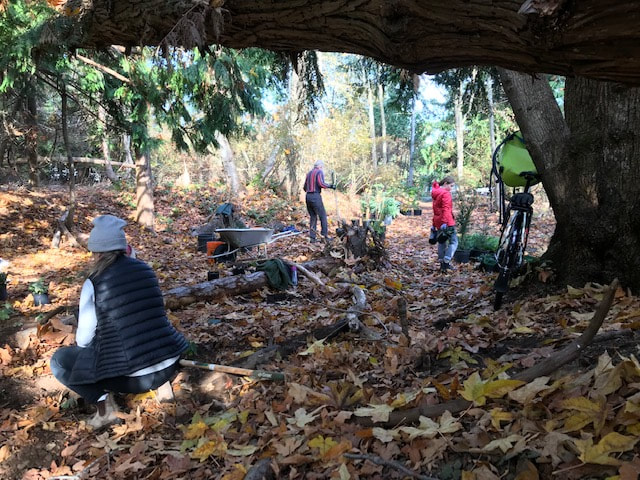
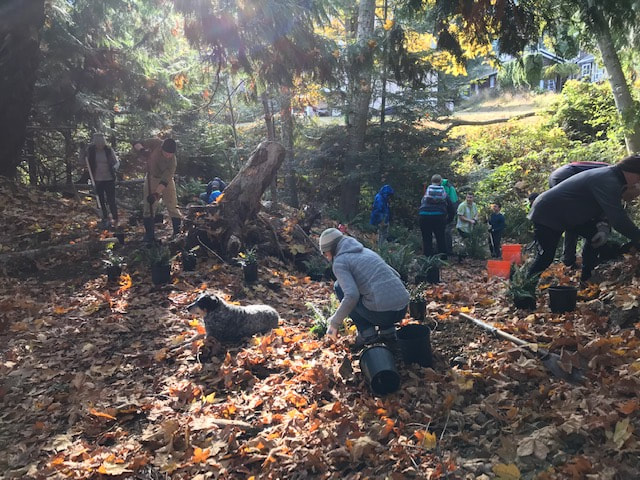
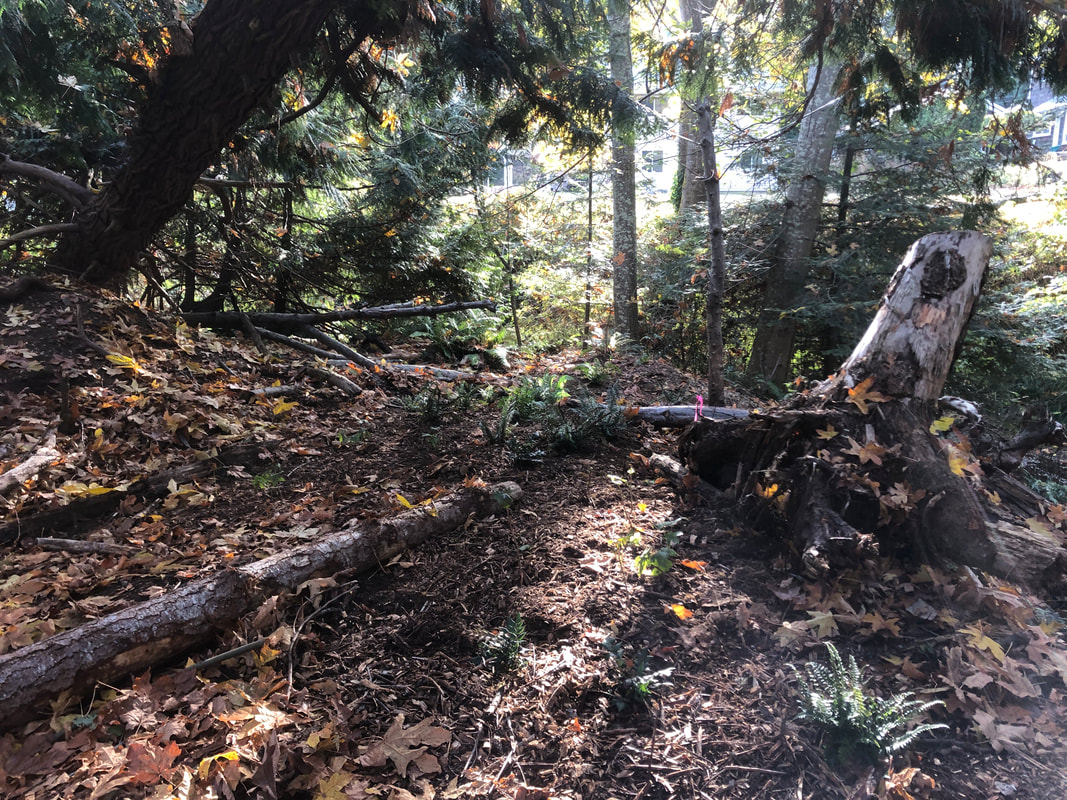
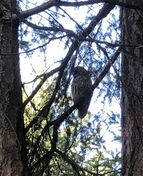
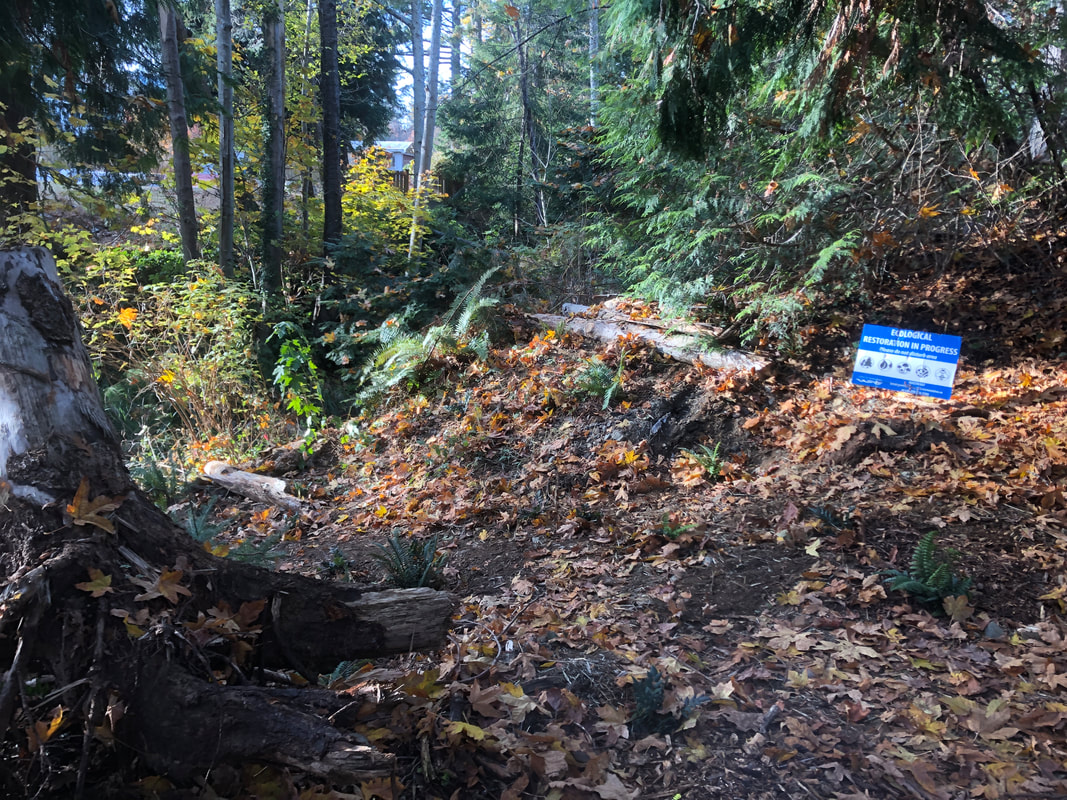
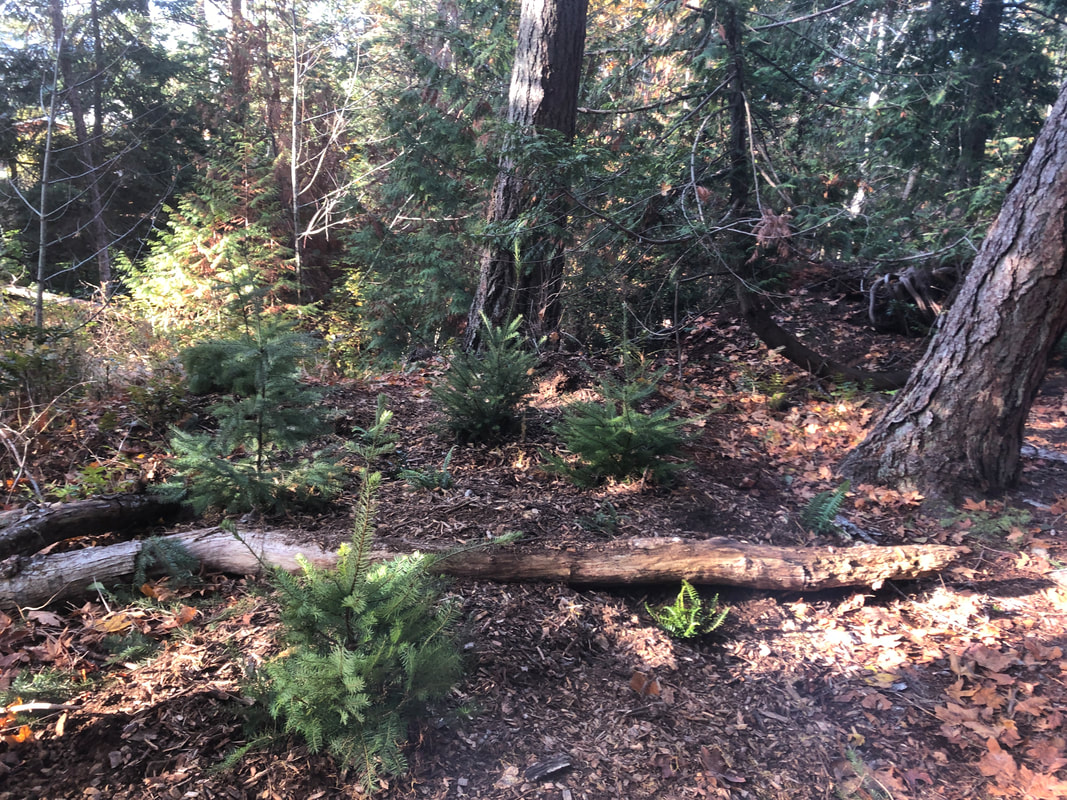
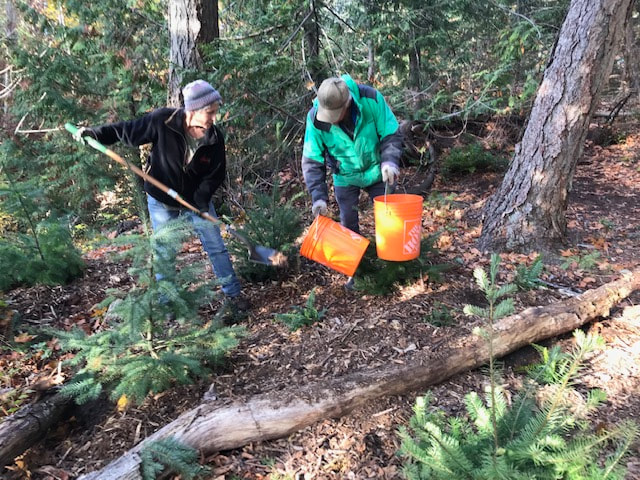
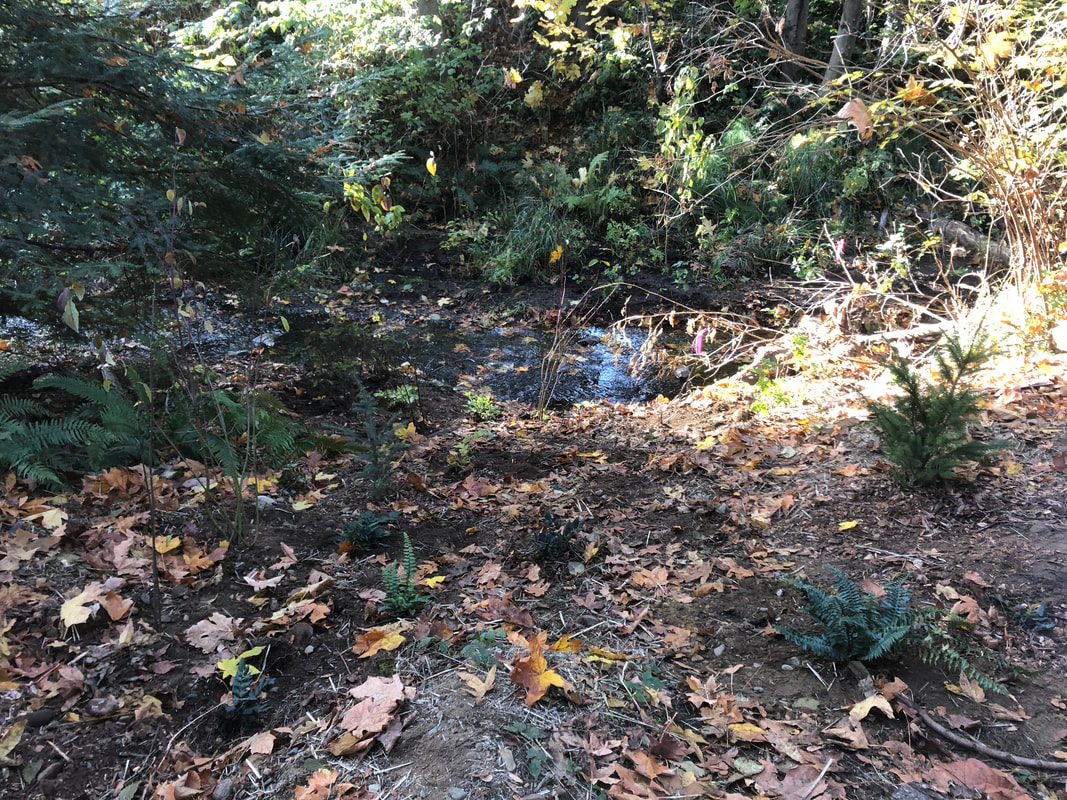
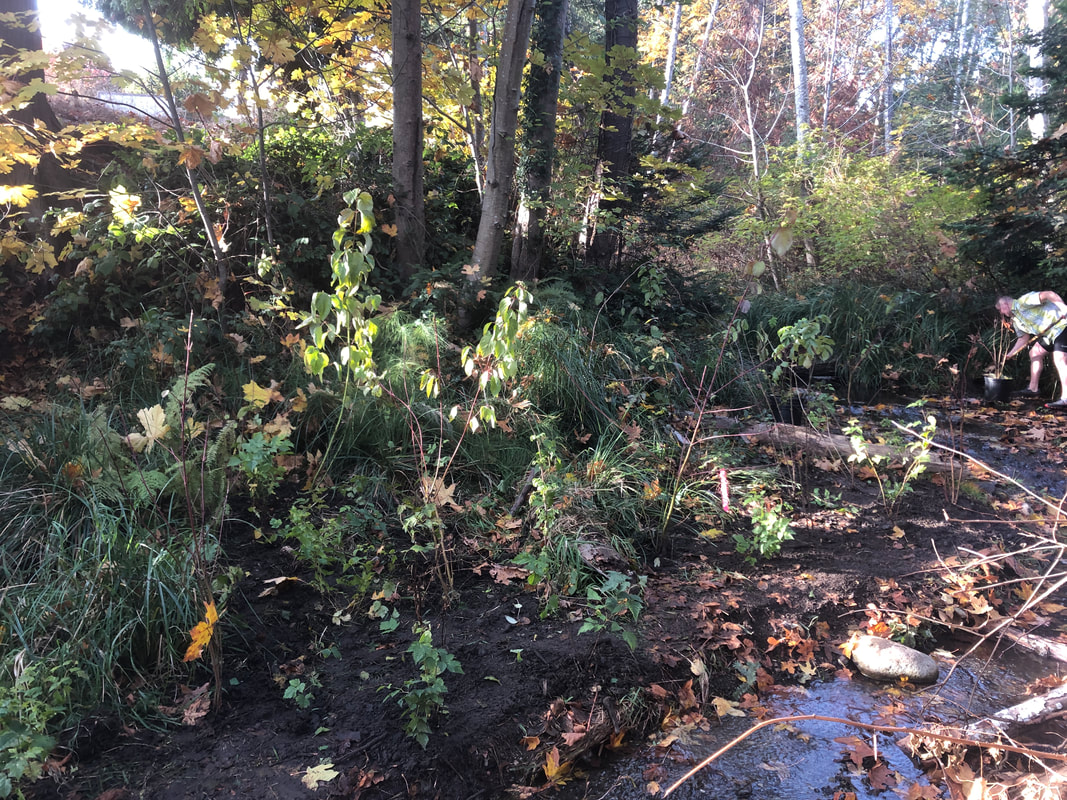
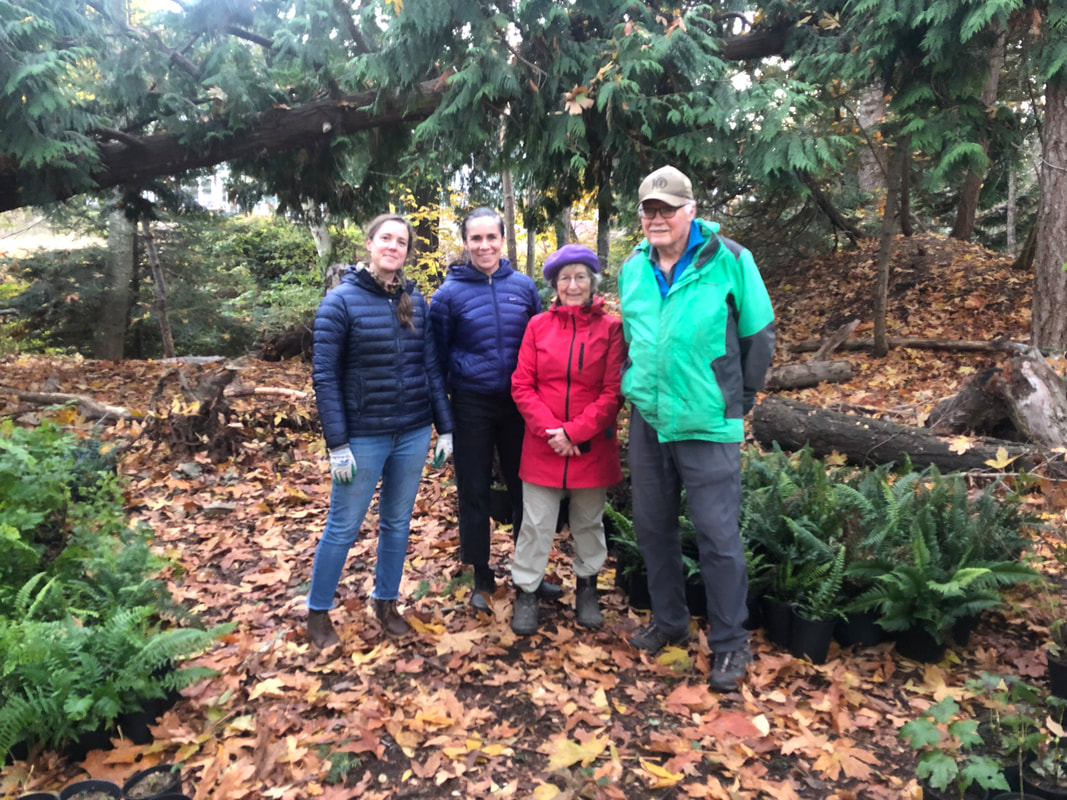
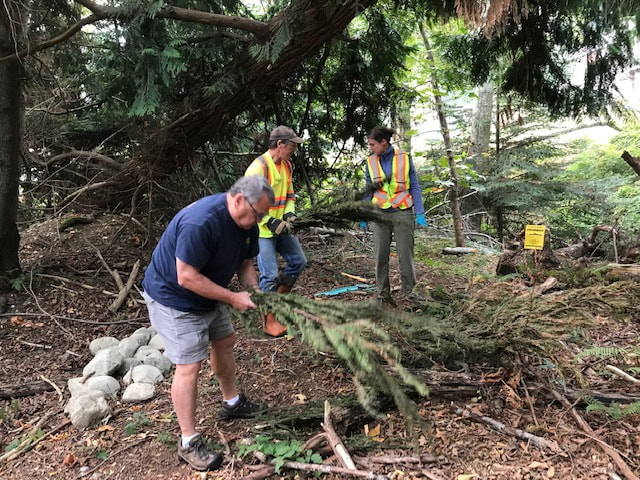
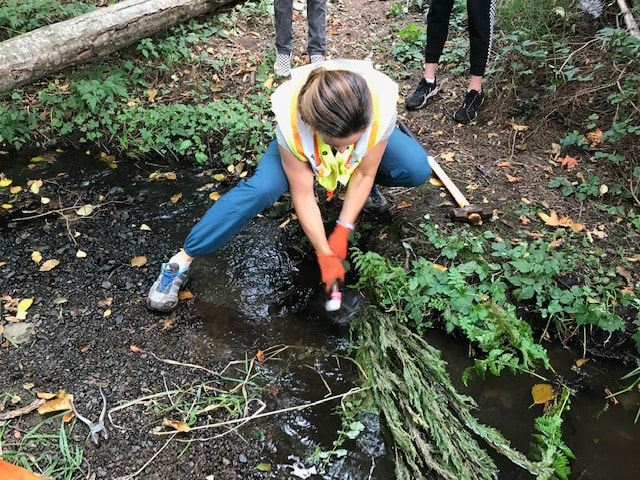
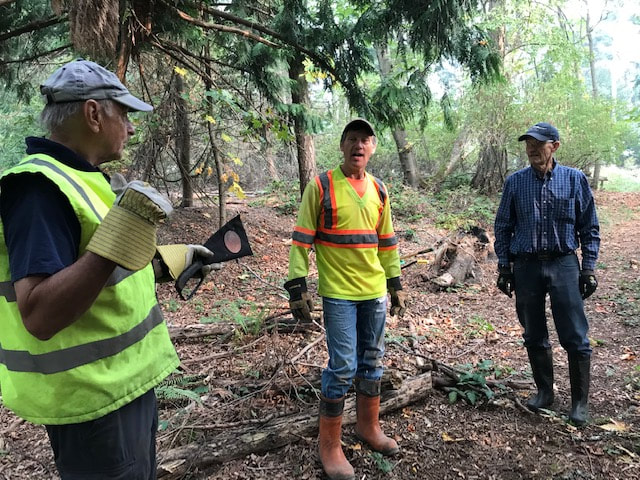
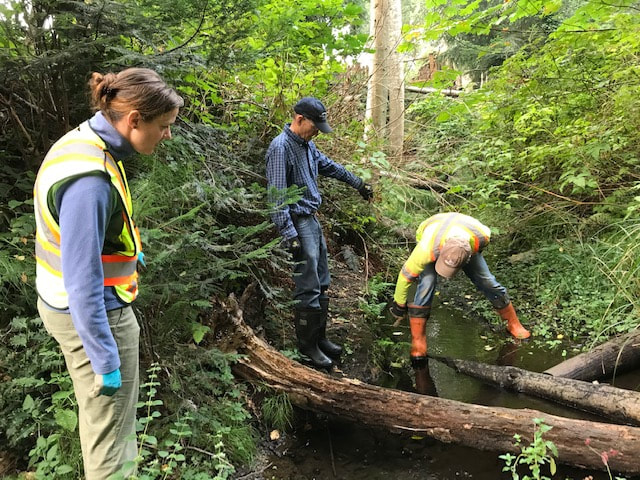
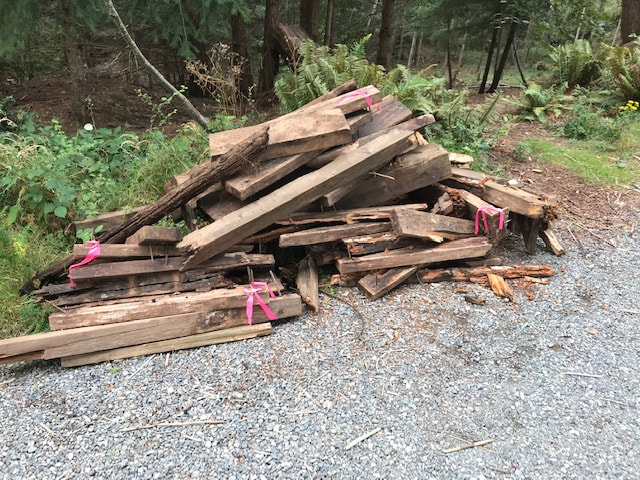
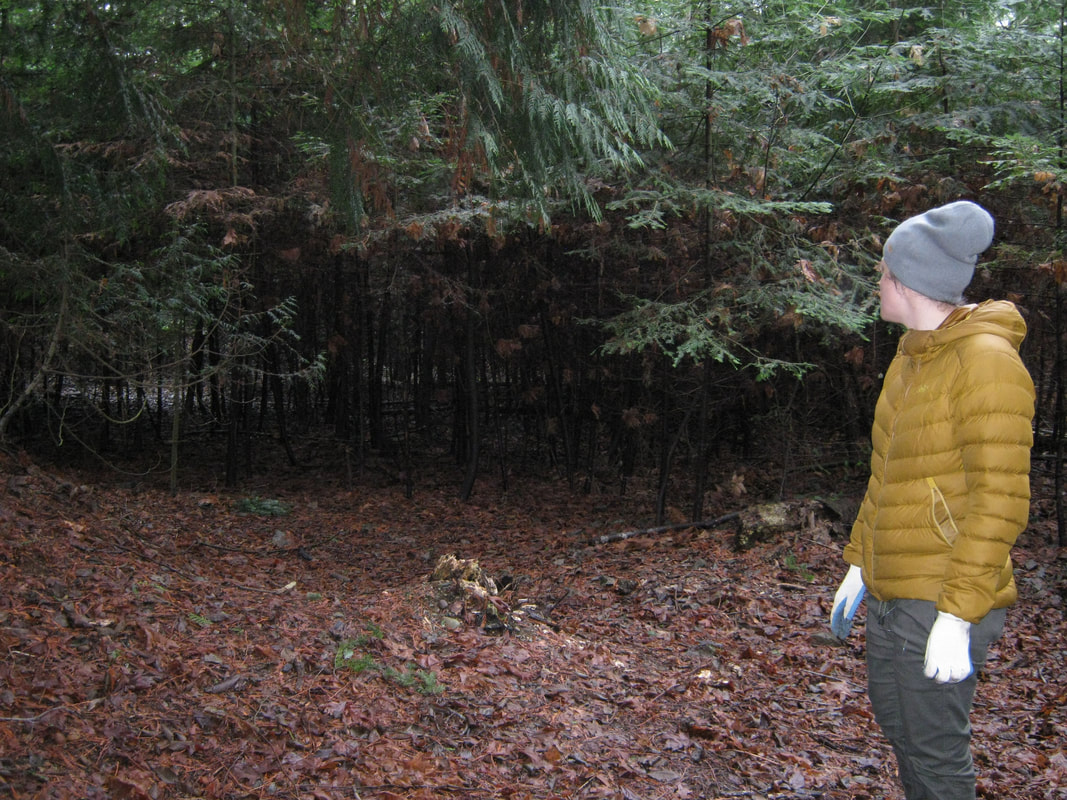
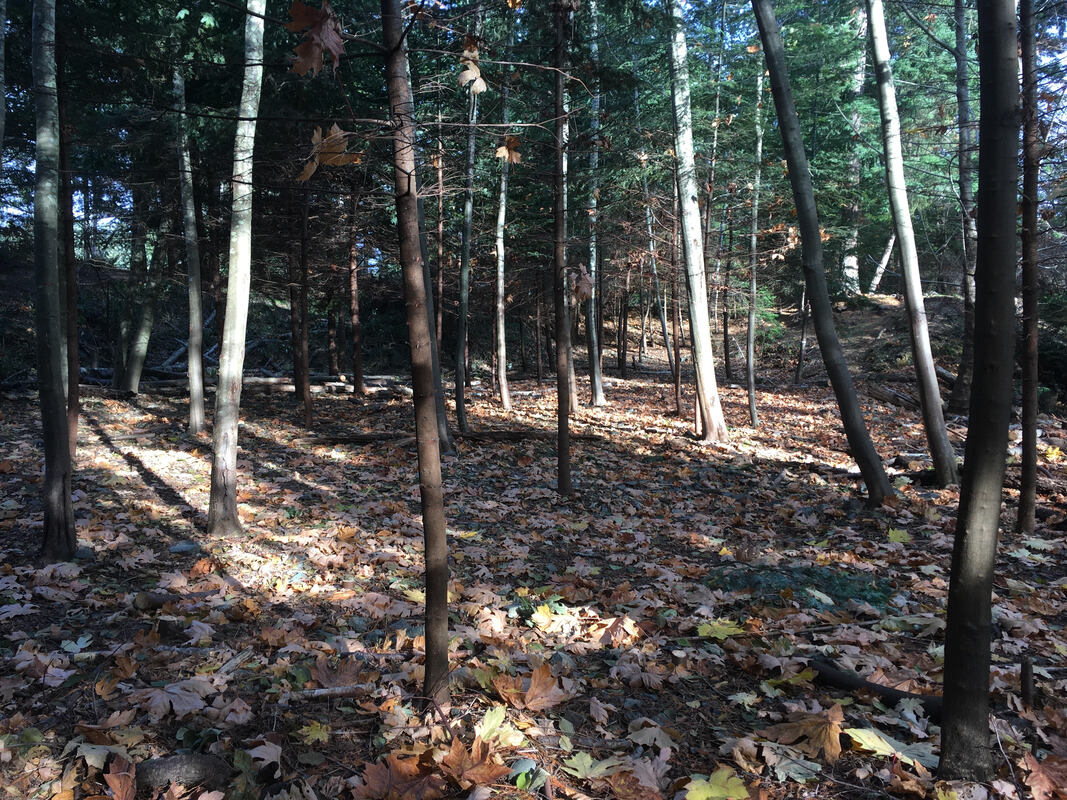
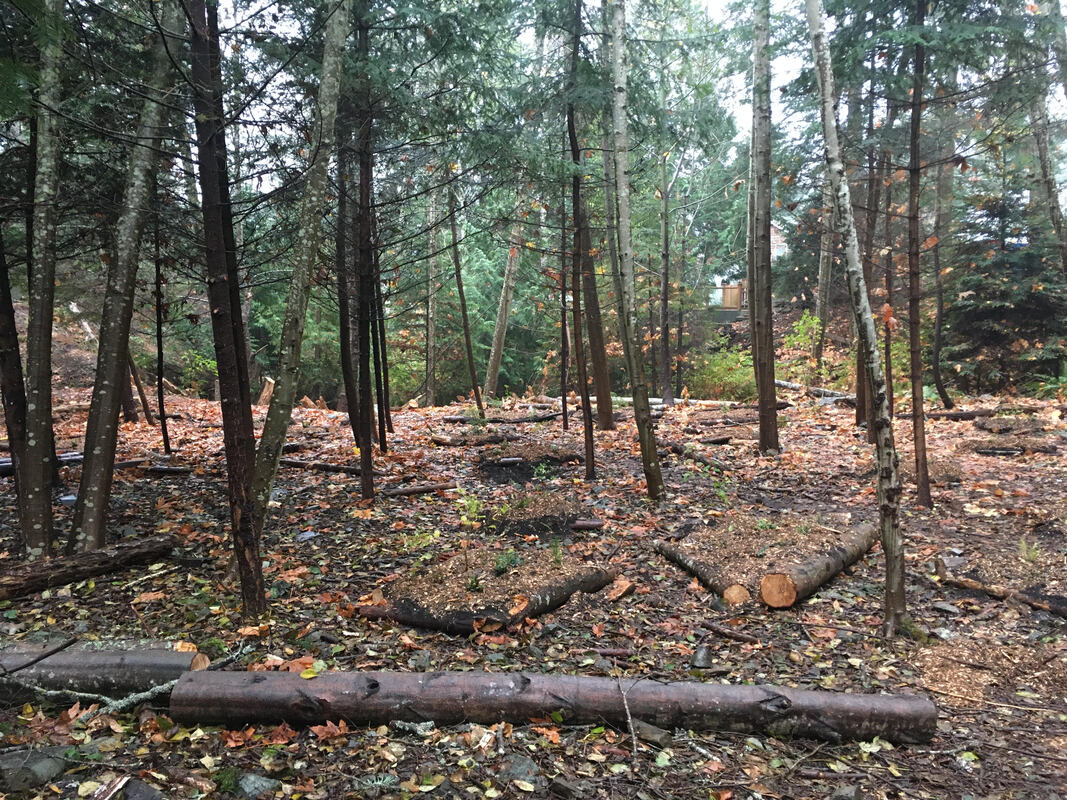
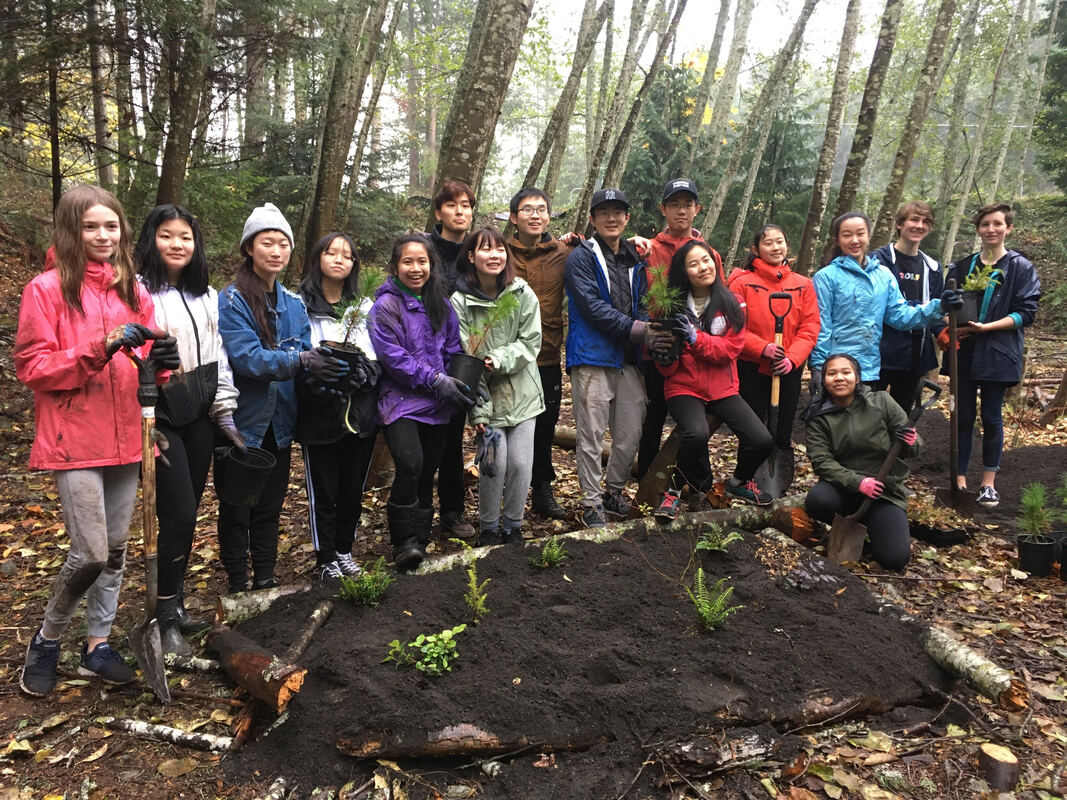
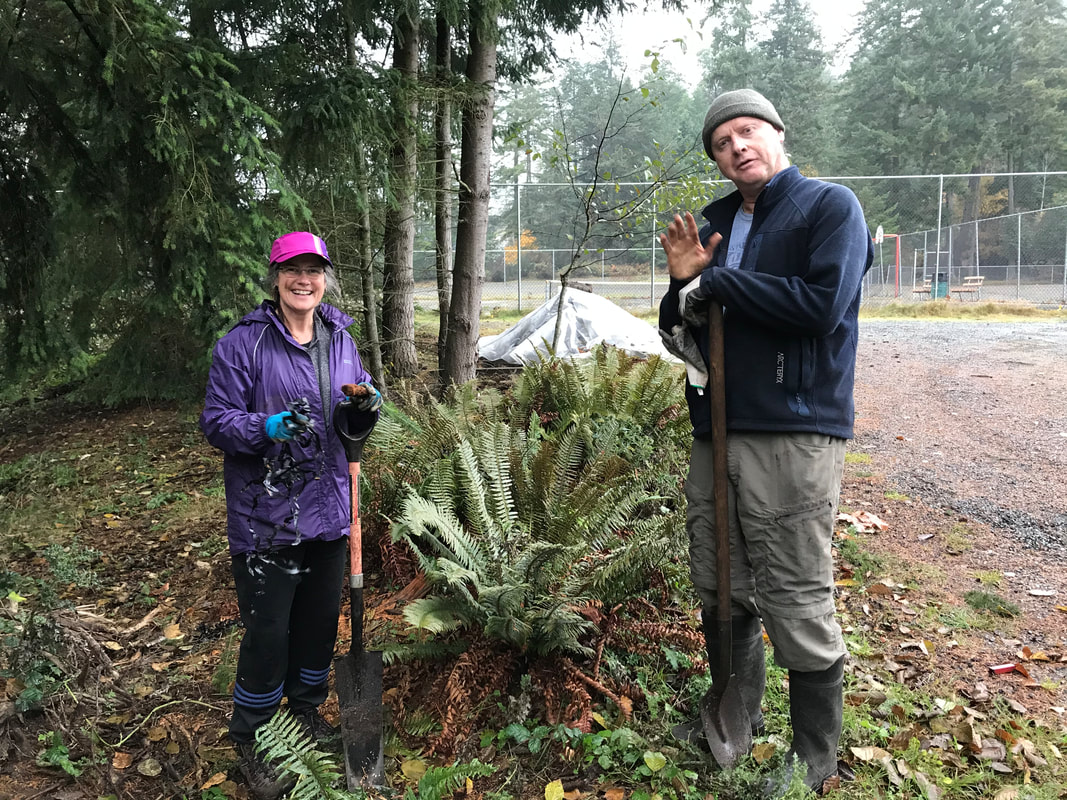

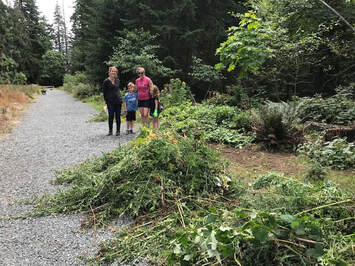
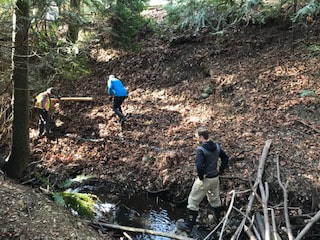
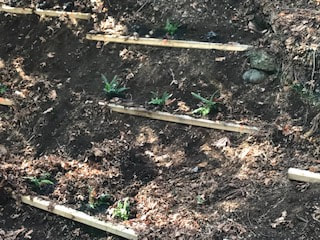
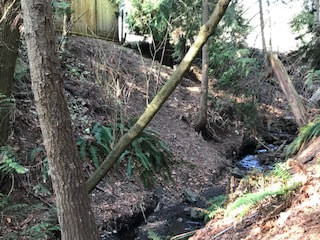
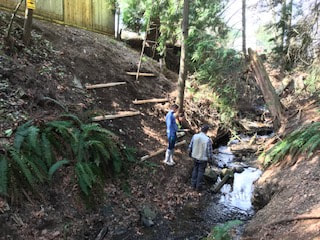
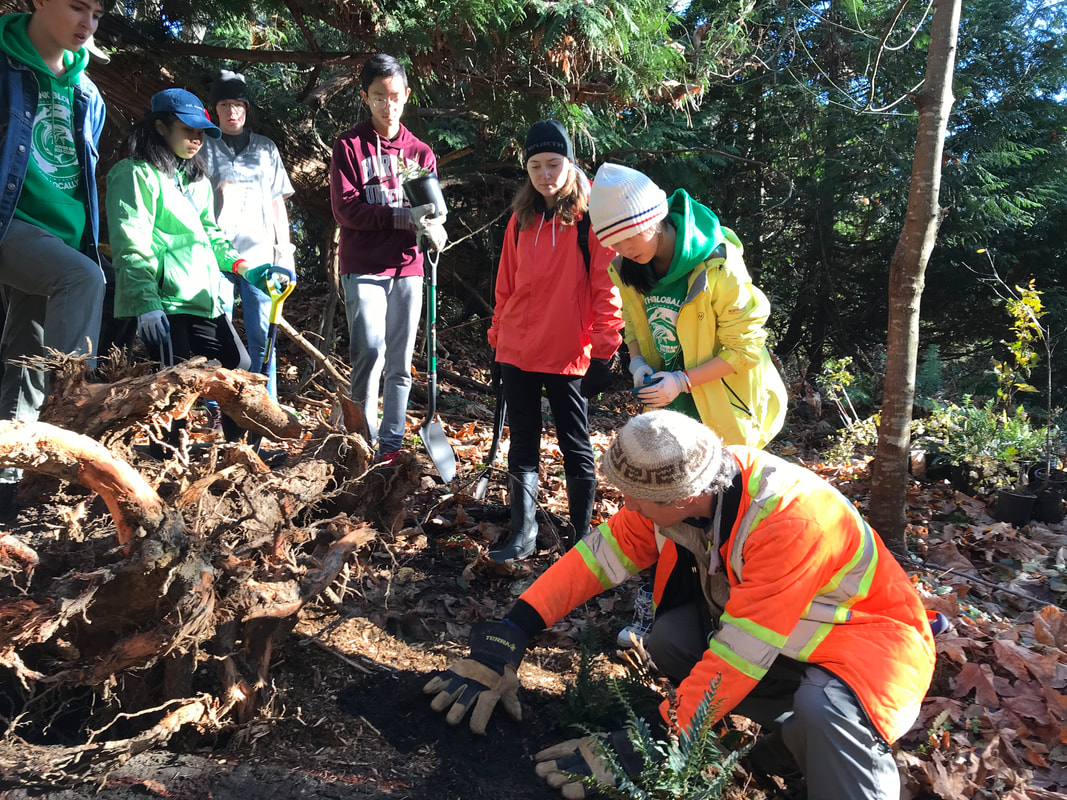
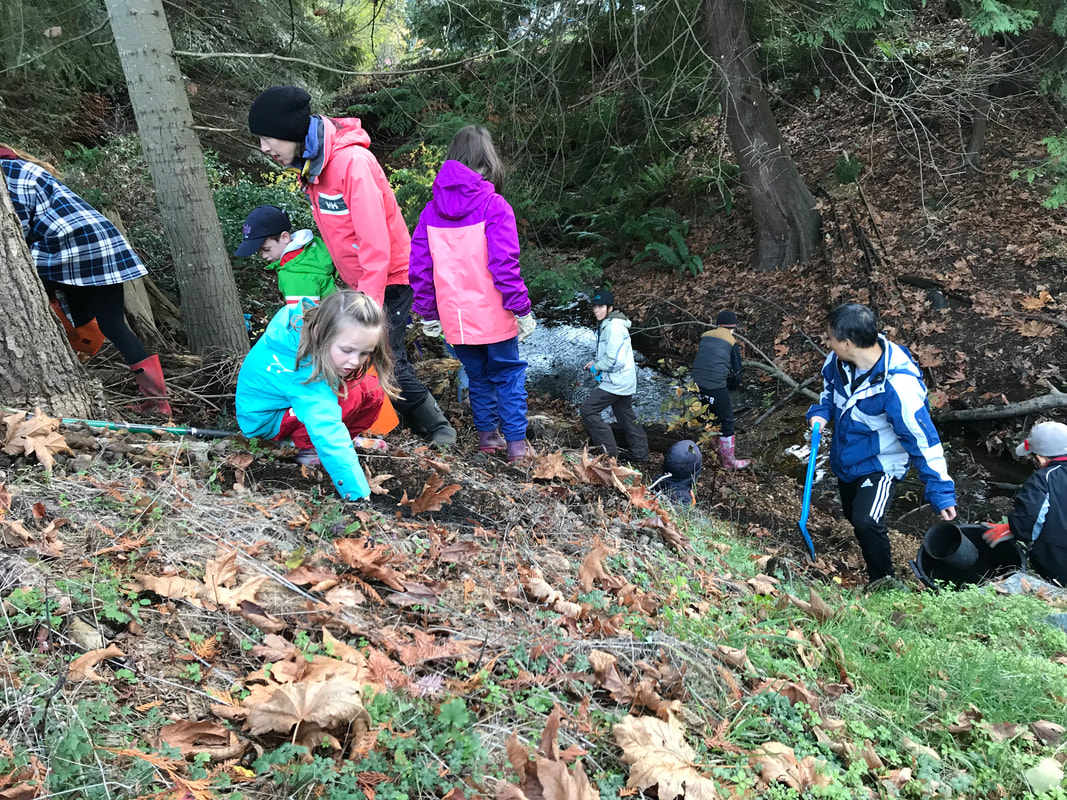
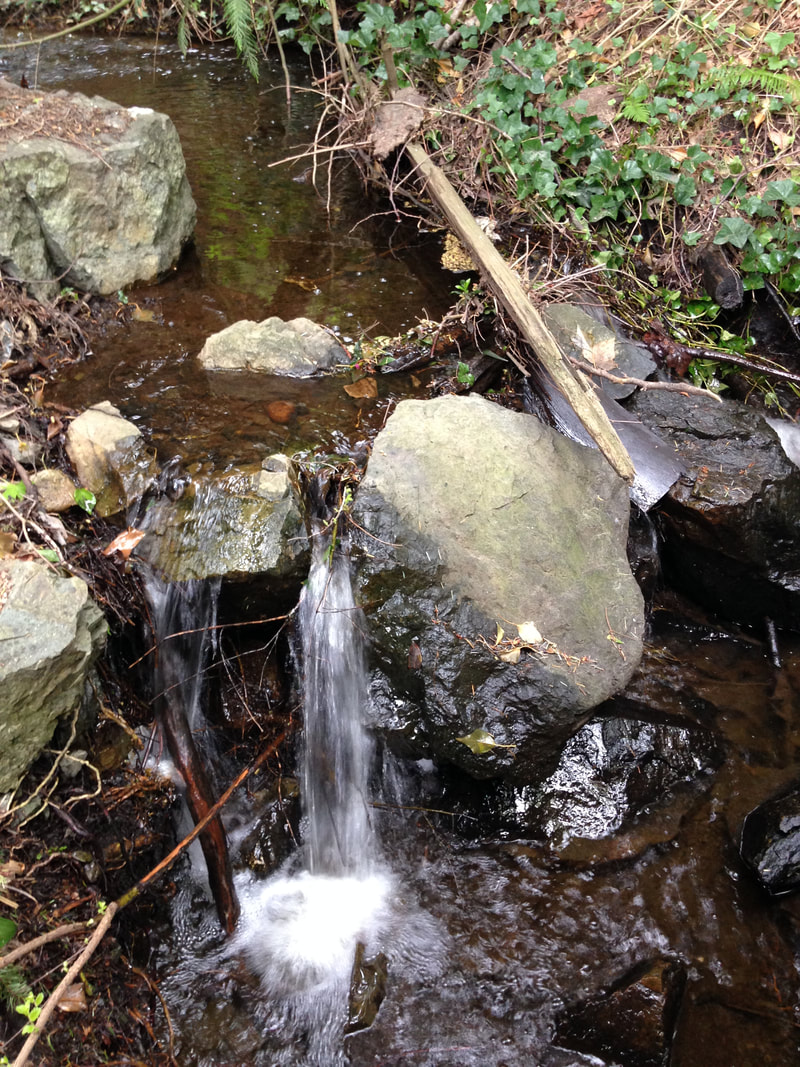
 RSS Feed
RSS Feed
